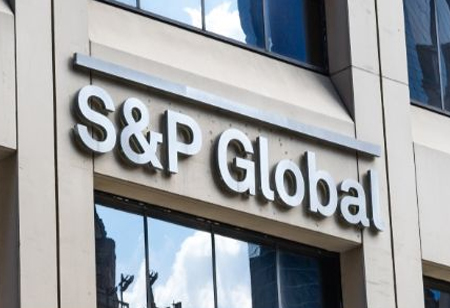
S&P: Despite More Defaults Loom, a Global Debt Crisis is Unlikely in the Near Term


Despite the ratio of global debt-to-GDP at a record high, the continuing recovery of the global economy will likely prevent a debt crisis any time soon, S&P Global Ratings said in its report ‘Global Debt Leverage: Near-Term Crisis Unlikely, Even As More Defaults Loom’, published March 10.
Global debt to GDP has been rising for many years; the pandemic simply exacerbated the trend. While global debt hit a record (estimated) $201 trillion at the end of last year--equivalent to 267 percent of GDP—the company projects it will ease to 258 percent by the end of this year before steadying at around 255 percent-256 percent in 2022-2023. Naturally, the shape of the post-pandemic recovery will factor into how much and how quickly corporates, governments and households can trim debt, if at all.
We forecast real global GDP growth at five percent in 2021, four percent in 2022 and 3.6 percent in 2023. The recovery is predicated on a successful vaccine rollout, availability of credit, and adjustments in corporate, government, and household spending and borrowing patterns.
Either way, higher global leverage means elevated default risk. S&P Global Ratings thinks defaults may hit levels not seen since 2009. Moreover, heavy corporate debt may delay the recovery of credit metrics beyond 2022 for hard-hit sectors, such as airlines and leisure.
Our baseline expectation is for the U.S. trailing 12-month speculative-grade corporate default rate to rise to seven percent by year-end, from 6.6 percent in December 2020. For Europe, the equivalent expectation is 6.5 percent from 5.3 percent. Risks to our base case include disorderly reflation, a spike in policy rates or even wider credit spreads, the spread of harder-hitting COVID-19 strains, poor vaccine take-ups, and consumption demand rebounding less than we expect as a result of structural shifts.
Government monetary and fiscal policies have bolstered prices of financial and real assets. While we expect policy rates to remain low, creditors fearing inflation or reacting to an unexpected adverse event could reset risk-return expectations, resulting in higher debt-servicing costs and reduced accessibility to funding. Interest rates are already beginning to normalize as the COVID recovery gathers pace.
"A normalization of interest rates owing to a strong COVID recovery is natural," said S&P Global Ratings Senior Research Fellow Terence Chan. "That said, the speed and volatility of the path towards normalization is more of a concern."
The recent jump in longer-term U.S. nominal yields has been notable. A gradual rise in real yields could simply reflect improved confidence in the economic outlook (inflation expectations would seem to imply the same). Credit spreads may drift higher as real yields rise, but again this could simply mean more confidence in the future.
Nonetheless, markets have shown a tendency to react strongly to the withdrawal of policy stimulus, and this point may be brought closer by the recovery implicit in rising yields. A rapid and volatile reset of investors' risk-return expectations could result in a sharp repricing of financial and real assets, rising debt-servicing costs (hitting borrowers that assumed rates would be ‘lower for longer’) and drying up funding accessibility for some borrowers.